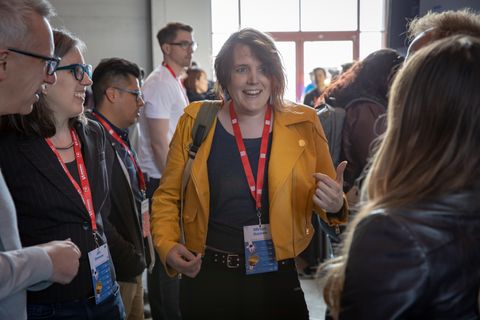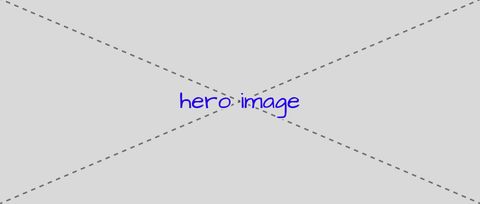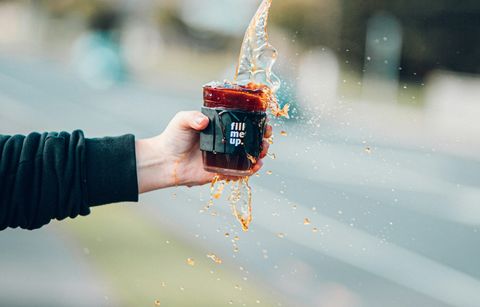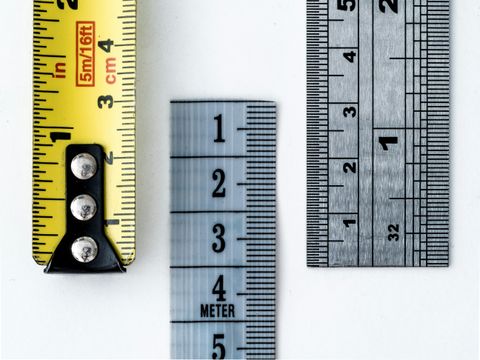The conference has already released a follow-up post that links to
videos (including mine), photos, collaborative notes from both days of
the conference. In particular, I recommend watching, at minimum:
Some pretty mind-bendingly cool uses for CSS custom props
from @TerribleMia –
color, layout & animation all in css
and only using JS to feed data.
—Jason Pamental, Invited Expert at W3C
Collaborative Questions
The collaborative notes from day 2 include a few questions about my
talk, so I thought I’d take a minute to provide some answers:
Tooling & Frameworks
With all the tooling and frameworks and options out there, how do you
make sense of them all?
I don’t! When I hear about a new tool or framework, I’ll take a quick
look to determine if it solves a problem I’m struggling with. In most
cases, I think “that’s cool, but not a priority for me” and I move on.
I also have very strong opinions about how a tool should fit my
workflow. For example: features in React got me excited several years
back, but Vue reframed the idea in a way that fit my requirements. That
difference was obvious from looking at code samples, and made Vue worth
my time to learn.
React hides all my favorite languages (HTML and CSS) inside JavaScript
with custom syntax, while Vue encourages a structured split between
languages that allows each one to shine. Valid CSS and HTML work in Vue
by default without any adjustments.
Changing Workflow
How has your workflow changed over the last few years? Anything you
are looking forward to experiment with?
Modern CSS features are released module-by-module, without the
overarching fanfare that we saw with CSS3. That continuous integration
has been great for speed and efficiency – but we can “miss the forest
for the trees” as they say.
The biggest shift in my workflow has come from realizing that Grid,
Flexbox, Writing Modes, Multi-Column, Box Alignment, Custom Properties,
and various other specs are not meant to stand-alone, but to complement
each other in surprising ways.
Multicol and Grid auto-fill use similar logic, and can easily align
with each other. Flexbox provides space-distribution among
different-sized elements, while Grid provides top-down layouts. Both are
designed to be truly “fluid” in a way that makes % layouts look
downright static. Box alignment solves a number of old issues, and will
eventually work with standard “flow” layouts as well.
The overall effect is what Jen Simmons has called Intrinsic Design, and
it has fundamentally changed how I think about CSS and the layouts I
create – but there are a few pieces missing. Subgrid and universal Box
Alignment will be game-changers.
After seeing Jason talk, I’m also very excited about variable fonts!
Sass vs CSS
When would you advise to use CSS Custom Properties and when Sass
variables?
There is some overlap, which is a matter of judgement. There’s no right
answer in that gray area, and your mileage will vary project-to-project.
But there are a few big differences:
CSS custom properties inherit like any other property, with access to
the DOM. You can change the value of a variable based on media-queries,
or selector-hooks, or other aspects of the site HTML. That opens up a
lot of new territory that we’re still exploring – something Sass will
never be able to do.
While CSS handles that DOM-variation well, Sass provides more tools for
working with global configuration “constants” and other logical variable
use-cases, like if/then statements. I use Sass to store global config
that I want to manipulate programmatically (like colors) – and then
output the results to CSS custom properties if I need them to also
vary based on the DOM.
With Custom Properties, nesting and Houdini CSS now coming to CSS, do
you feel that just in a few years, Sass will be fading into oblivion,
just like jQuery isn’t necessarily the first choice when it comes to a
framework these days?
I don’t see this happening any time soon, because some logic belongs in
the browser (DOM-aware variables), while other logic (global
configuration) is best pre-processed on the server. Static site
generators are in a similar position – they are not required for any
special site features, but they help us generate more performant code,
more efficiently.
Live Color Themes
Do CSS variables allow for on-the-fly theming without pre-defined
stylesheets/options? I.e., could someone choose a color and you could
generate a theme based on their choice using inline vars?
Yes! For explicit themes, it can be relatively straight-forward: assign
your user-selected colors to a custom property, and then use it wherever
you want!
There’s one feature that feels like it’s missing: CSS doesn’t provide an
easy way to inspect colors, and adjust them on-the-fly (to find a
complement or contrast for example). You can achieve some of that with a
mix of hsl() and calc() functions, but it takes some careful
work – and contrast isn’t simple to calculate. But if you can keep the
logical requirements simple, or handle them with JavaScript, you’re all
set.
With a quick search, I found several examples and articles:
CSS-Tricks also provides a rundown with links to more articles.
There’s a lot of room left to explore here, so play with it, and share
what you find!
Unit Tests
There is so much logic in CSS now, how do you write (unit) tests?
That’s a great question, and a great idea! But I haven’t done it yet.
The tests would have to run in the browser, so I think JavaScript would
be the way to go. I’d love to see it happen.
Browser Support
What about Browser Support?
It’s pretty good, and always improving. I recommend checking MDN and
Caniuse for details, and also thinking about how to provide simple
fallbacks for older browsers. CSS is designed to be resilient in ways
that allow us to move forward, even while we support old browsers.
Code Font
What is that beautiful font used in your code editor?
I use Dank Mono, recommended by Sarah Drasner as the perfect font
for her Night Owl VS Code theme.




